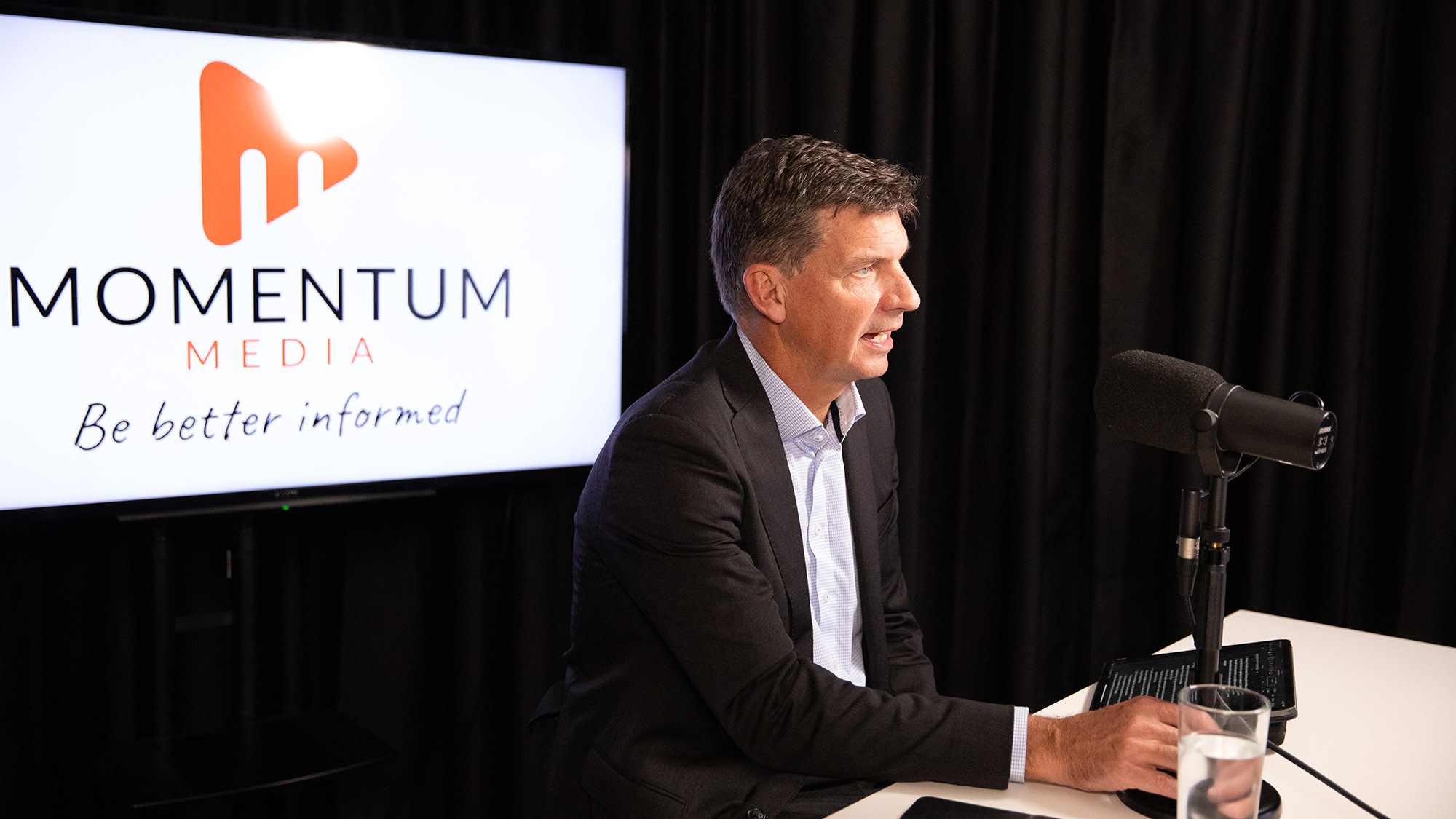Share funds shackled by previous losses
Many managed Australian share funds will not be able to make either quarterly or half-year distributions to investors this year due to losses incurred in 2008-09, according to some industry commentators.
As they are trusts, these funds are by law unable to pay distributions until they have soaked up realised losses, and the commentators suggest that many funds have found themselves in this position this year.
Money Management, for example, is in possession of a letter sent to investors by Aviva Investors High Growth Shares Fund stating it is not able to make a distribution for the quarter ending September 30, 2009.
The letter confirms that any realised losses within the fund must be offset by realised trading gains and income before a distribution can be paid.
“Despite improved market conditions and strong fund performance, losses carried forward from the 2008-09 financial year are yet to be fully offset,” it said.
Van Eyk research senior investment analyst Caitlin Ruddock said she thought a failure to pay dividends by managed Australian share funds would be “fairly prevalent” this year.
“There are a lot of accumulated losses out there,” she said, some of which would have been realised, particularly among hedged funds and “anything that has futures contracts”.
Funds would have to pay distributions out of capital as opposed to income if they intended to continue to pay distributions, she said, adding that some managers have already told van Eyk they would not do so.
Darren Withers, director of advice firm Elston Partners, said he was aware of a number of funds informing investors in the past two weeks they would not make either quarterly or half-year distributions this year.
He said there are also funds that generated 2 per cent or 3 per cent in total dividends for the past year but can only pay out a small proportion of that due to their losses.
“If these investors had held the same portfolio directly they would still have suffered capital losses for the year, but they would be able to collect all their dividends for their income needs.
“This is because a lot of Australian companies have been able to maintain their dividends through this period, and some have been able to increase it,” he said.
Recommended for you
In this episode of Relative Return, host Maja Garaca Djurdjevic is joined by shadow treasurer Angus Taylor to discuss the current state of the financial advice sector, the economy, the housing affordability crisis and more.
In this episode of Relative Return, host Laura Dew speaks with Andrew Mitchell, director and senior portfolio manager at Ophir Asset Management, about why he loves working in fund management and the lessons he’s learnt in a decade of running a firm.
In this episode of Relative Return, host Laura Dew speaks with Blackwattle Investment Partners managing director and chief investment officer, Michael Skinner, about setting up an asset manager and what he looks for in an investment team.
In this special episode of Relative Return, Momentum Media’s Phil Tarrant and Jordan Coleman discuss the publishing house’s expansion into greater coverage of the wealth management space.














